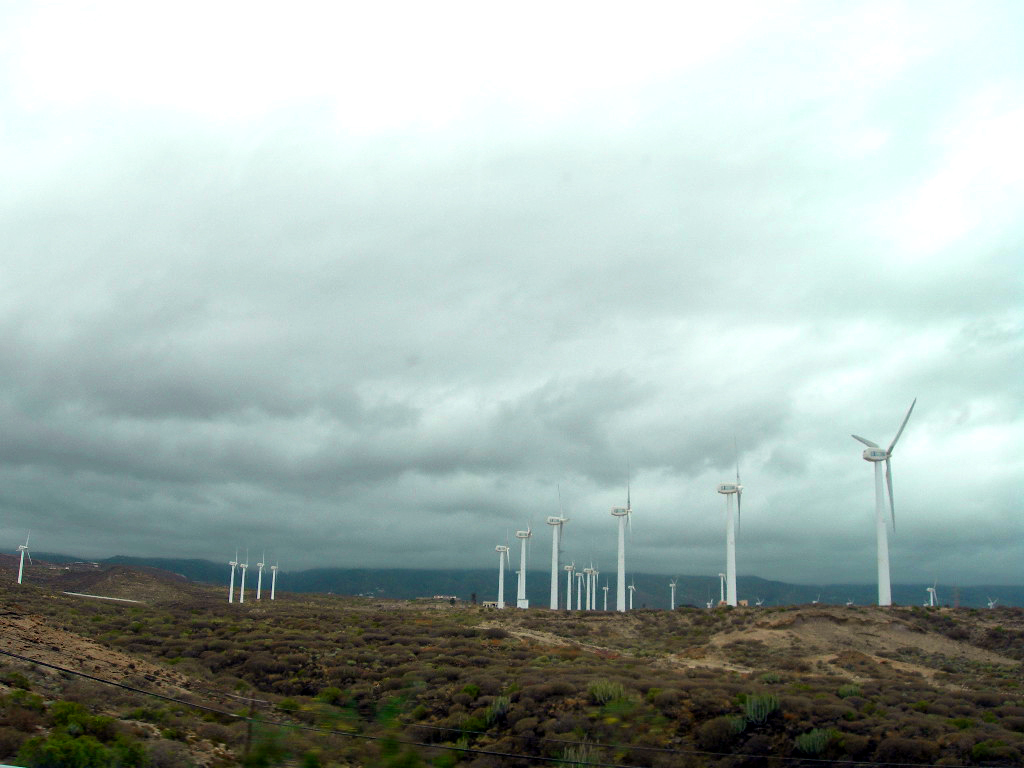Senvion has completed installing a total of 93 turbines for the wind projects in the two countries

Image: Senvion completes three orders for this year, until now. Albert Lazcano/FreeImages.com.
German wind turbine-maker Senvion has completed installing a total of 93 turbines at three wind projects in Chile and Australia, with a combined capacity of 299MW.
As per Senvion, commissioning of the three wind farms is presently underway. In Australia, the company supplied 39 of its MM92 turbines for the 80MW Pacific Hydro Crowlands wind farm.
Located in the state of Victoria, this wind farm will generate enough clean electricity to power more than 50,000 Australian homes.
The remaining two wind farms, Sarco and Aurora are owned by Aela Energia, a joint venture of Actis (60%) and Mainstream Renewable Power (40%). These two wind farms are located in Chile.
The Sacro wind farm is powered by 50 of Senvion 3.4M114 turbines and is located in the Atacama region in the country. The Aurora project, located in the Southern Los Lagos region, is powered by 43 of its 3.0M122 turbines.
Senvion CEO Yves Rannou said: “We are making solid progress in our execution. The completion of installations of these three key projects in growth markets is a significant example of our efforts. We have shown that we were able to streamline the installations – one of our key challenges and main tasks during the last months.
“Therefore I wish to especially thank our local teams for their effort and our customers for the successful partnerships.”
Senvion installs its first 2.3M130 turbine in India
In May, the company has completed the first installation of the new 2.3M130 turbine in Gujarat, India. With a rotor diameter of 130m, the 2.3MW turbine is capable of providing electricity to over 1,500 Indian households.
Senvion, in a statement, said: “The Senvion 2.3M130 is the first turbine variant of a fully modular platform that can be customized throughout India and global markets to deliver business case certainty associated with lowest Levelized Cost of Energy (LCoE) to customers.”
